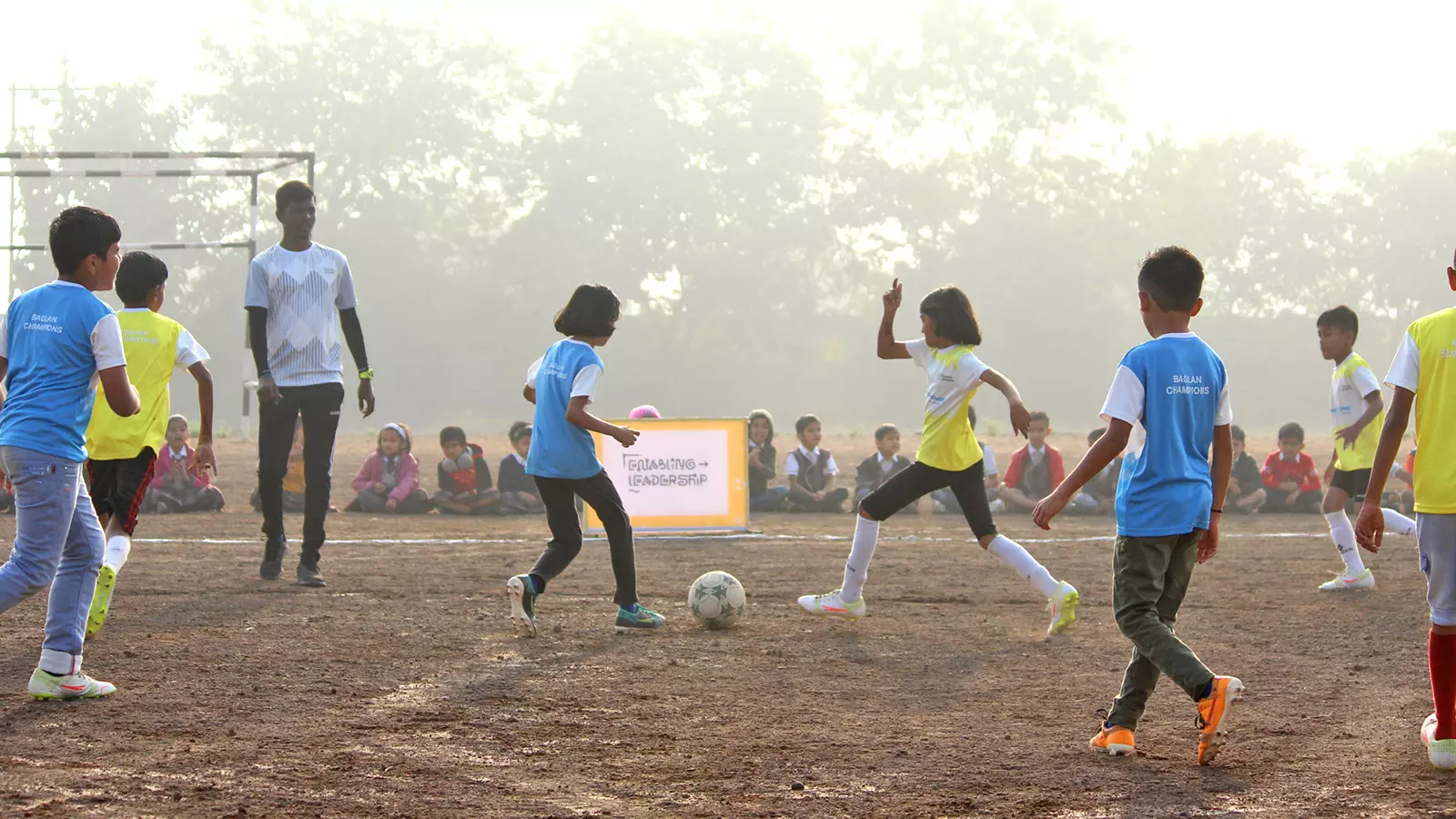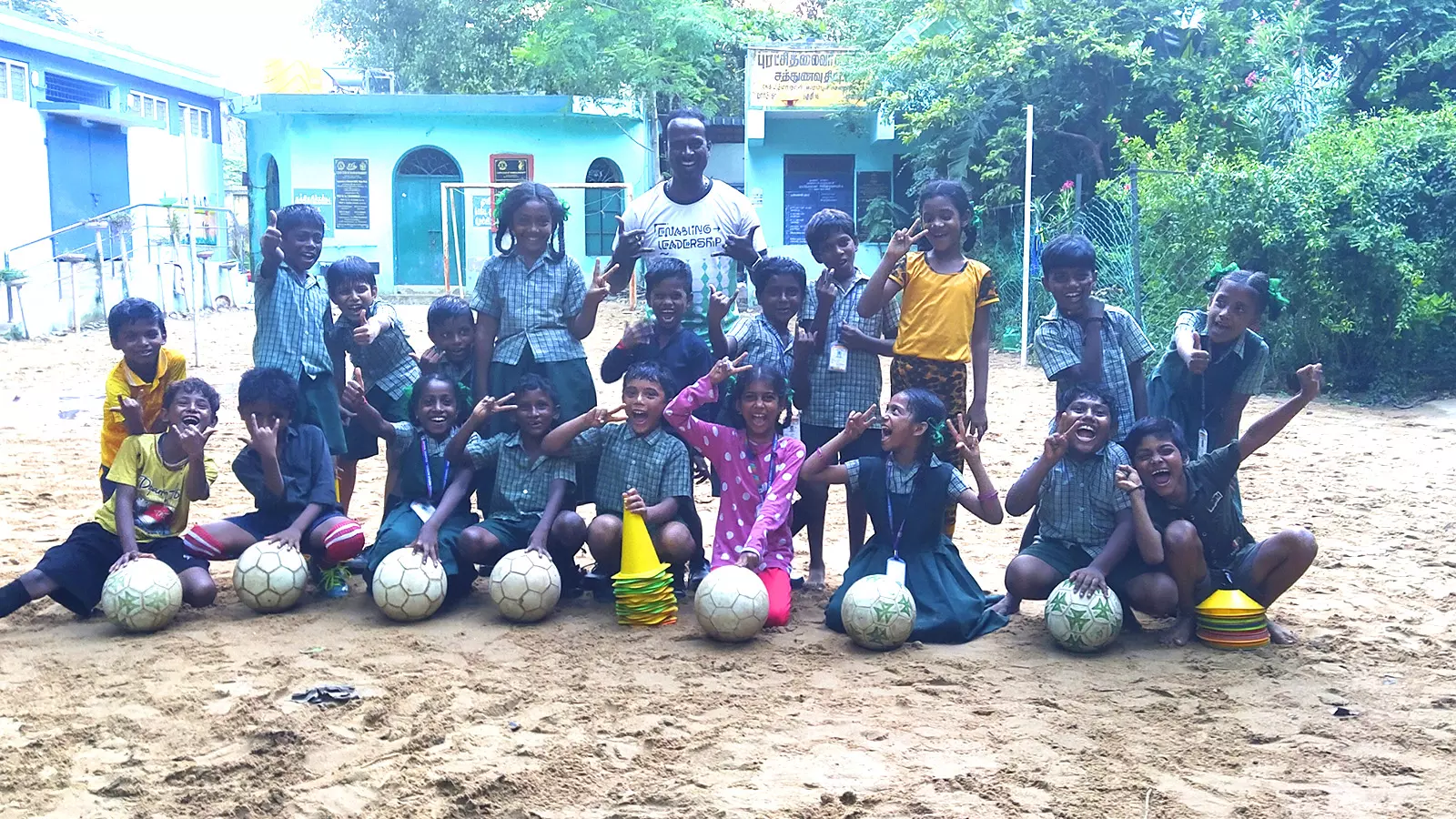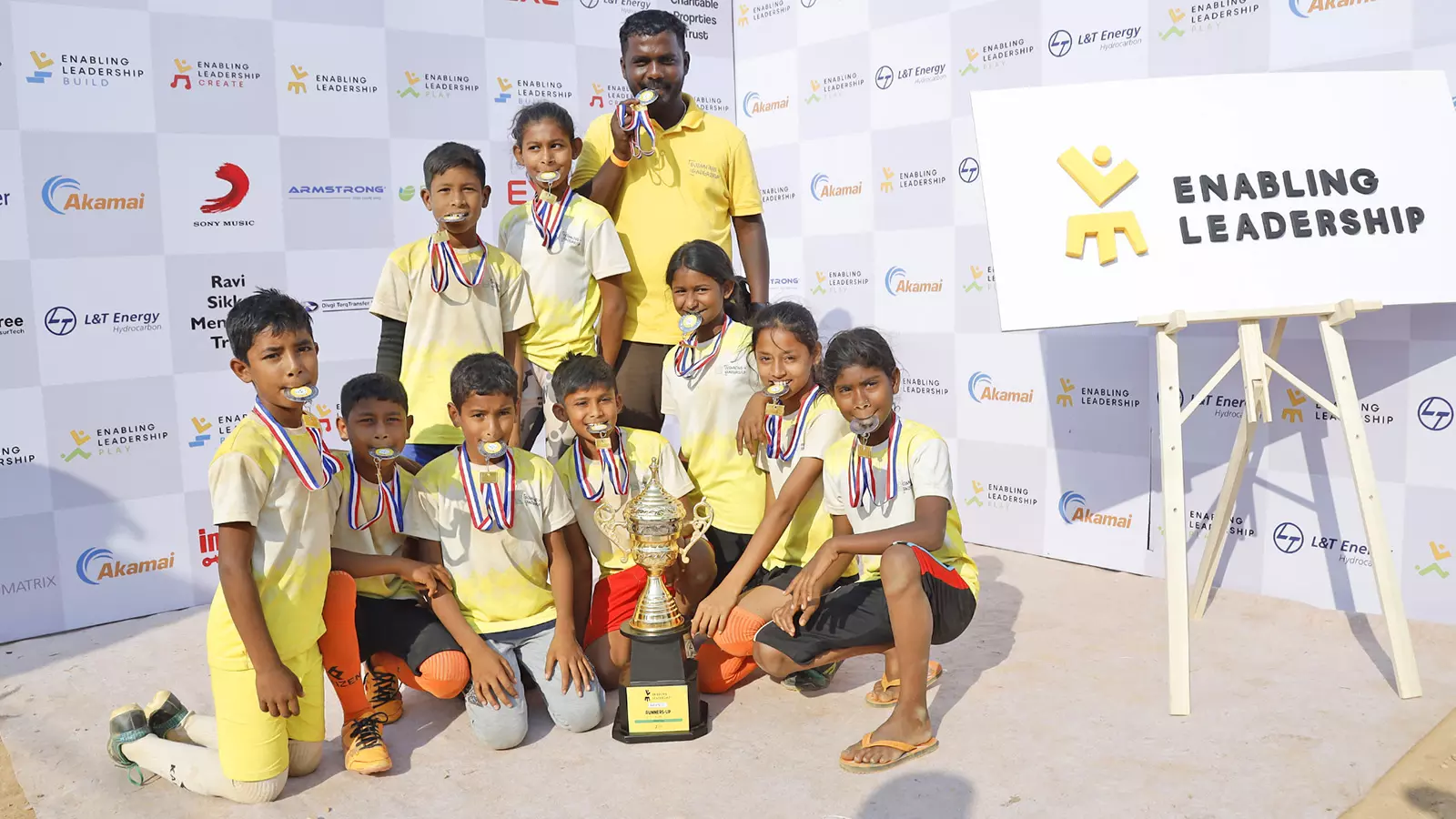
- Home
- India
- World
- Premium
- THE FEDERAL SPECIAL
- Analysis
- States
- Perspective
- Videos
- Sports
- Education
- Entertainment
- Elections
- Features
- Health
- Business
- Series
- In memoriam: Sheikh Mujibur Rahman
- Bishnoi's Men
- NEET TANGLE
- Economy Series
- Earth Day
- Kashmir’s Frozen Turbulence
- India@75
- The legend of Ramjanmabhoomi
- Liberalisation@30
- How to tame a dragon
- Celebrating biodiversity
- Farm Matters
- 50 days of solitude
- Bringing Migrants Home
- Budget 2020
- Jharkhand Votes
- The Federal Investigates
- The Federal Impact
- Vanishing Sand
- Gandhi @ 150
- Andhra Today
- Field report
- Operation Gulmarg
- Pandemic @1 Mn in India
- The Federal Year-End
- The Zero Year
- Science
- Brand studio
- Newsletter
- Elections 2024
- Events
- Home
- IndiaIndia
- World
- Analysis
- StatesStates
- PerspectivePerspective
- VideosVideos
- Sports
- Education
- Entertainment
- ElectionsElections
- Features
- Health
- BusinessBusiness
- Premium
- Loading...
Premium - Events
How Enabling Leadership’s 500 mixed-gender football teams are bending the girl-boy barriers
4 mins read

Aliya Wahid Bhaldar had her work cut out when she stepped into an underdeveloped locality in Pune’s Hadapsar six months ago.The first-year psychology student is a facilitator with Enabling Leadership (EL), a global non-profit organisation that works to impart leadership and life skills to underprivileged children through tailor-made programmes. She was there at the run-down locality...
Aliya Wahid Bhaldar had her work cut out when she stepped into an underdeveloped locality in Pune’s Hadapsar six months ago.
The first-year psychology student is a facilitator with Enabling Leadership (EL), a global non-profit organisation that works to impart leadership and life skills to underprivileged children through tailor-made programmes.
She was there at the run-down locality to look for young players for a mixed-gender football programme Enabling Leadership has designed to promote diversity and inclusivity as part of its leadership training to children.
On the face of it, her task appeared to be an easy ball game. In reality, however, achieving the ‘goal’ has been harder than many would think because the initiative involves a radical move that entails deconstructing a gender binary which is perhaps as old as human civilisation.
“It was very challenging to begin with because we were working among children from marginalised socio-economic backgrounds who were alien to the idea of freely mixing with opposite genders,” Bhaldar recalled during a telephonic conversation with The Federal.

Children in a mixed-gender team.
“The established norm was that the girls will stay at home and only the boys will go out and play. Amid such a mindset, pushing for a mixed general football was very difficult. The initial reaction of the children was ‘how is it even possible?’ Even in schools they have separate sitting arrangements for boys and girls, who are made to sit in separate rows,” she added.
Convincing parents to come to terms with the concept was even more difficult. Expectedly so, as an Unicef report pointed out that in India girls and boys experience adolescence differently.
“While boys tend to experience greater freedom, girls tend to face extensive limitations on their ability to move freely and to make decisions affecting their work, education, marriage and social relationships,” the report stated.
The disparity is starker in the marginalised and rural community. According to another report titled ‘State of Elementary Education in Rural India– 2023’, 78 per cent parents of girls wanted to educate their children to graduate-level or above as against 82 per cent parents of boys.
“Globally girls have higher survival rates at birth, are more likely to be developmentally on track, and just as likely to participate in preschool, but India is the only large country where more girls die than boys. Girls are also more likely to drop out of school,” the Unicef report further pointed out.
India is ranked 127 out of 146 countries in terms of gender parity, according to the global gender gap index.
Aliya had the first-hand experience of what it the Unicef report meant when it claimed most women and girls in India do not fully enjoy many of their rights due to deeply entrenched patriarchal views, norms, traditions and structures.
“For many parents, the very idea of sending their daughter to play itself was revolting. On top of that this idea of allowing girls to play with boys was simply blasphemous,” she added.
It is to change this mindset that Enabling Leadership conceived the idea of hosting one-of-its-kind pan-India mixed-gender football competition that kick-started in November last year.
Around 5,000 boys and girls in the age group of 11-13, drawn from rural and urban government schools, are currently competing in the country’s largest football event with participation of 500 mixed-gender teams. Each ten-a-side team has an equal number of male and female players.
The teams are divided into nine regional groups. The winner of each group will then qualify to play for the national league to be played in Bengaluru in mid-February.
The final of the Pune leg of the tournament will be played on January 7.
“Getting players initially was tough. Parents were very reluctant to send their girl child to play with boys,” said Upendra Santosh Yadav, another EL facilitator.
If getting girl players was tough, Upendra found retaining them tougher.
Four of his players, all girls, dropped out from the programme due to “objections from home”.
Aliya too faced the problem of dropping out. The silver lining, she said, was that a girl child who had opted out of the programme because of her parents’ opposition made a comeback.
Expressing satisfaction with the response the tournament got from all stakeholders, EL founder and CEO Ravi Sonnad said the aim of the tourney was to empower girls as well as change the views boys held about their opposite sex. A lack of communication or close interaction with opposite gender often leads to misconceptions and lack of sensitisation towards each other.
“It is also a visually powerful way to demonstrate what equality and diversity mean. Thai allows us to involve parents who then change their views about what their sons and daughters are capable of. By ensuring equitable opportunities and creating a nurturing space where both boys and girls understand and leverage each other’s strengths and play styles, we hope to change behaviours and foster a community that encourages young people to pursue their dreams irrespective of gender,” Sonnad added.
Acknowledging that changing an age-old perception is not easy and surely cannot be achieved through one tournament, Enabling Learning claims to have developed lesson plans, coach training, and teaching methodologies that incorporate gender mainstreaming into every session.
The mixed-gender football tournament under EL-PLAY programme is part of the larger experiential learning the non-profit is trying to promote among underprivileged children through various mediums, including LEGO and music.
Both Aliya and Upendra vouch about succeeding in breaking the mindset-barriers among the children they have been coaching.
“Earlier, I could see they were feeling uncomfortable mixing with the opposite gender. But after going through our modules of mixed-gender training, they are at least not very shy about connecting with each other. I will not say, they have overcome all the hesitations. But a breakthrough has been made,” she said.

The organisers say they are trying to break gender barriers. Putting together the teams brought challenges from both parents and children for Enabling Learning.
The coaching modules are developed to encourage children to challenge stereotypical perspectives and mindsets through various exercises in the sessions.
“For example, the notion that girls and boys can play equally well in every position on the field, and the idea that either of them can captain the team. Another powerful example is when the students are asked to lead a practice session or a drill, this is always done in pairs of one girl and one boy,” Sonnad explained.
Ankita, a sixth-grade student of Pune’s Ideal English Medium School, who plays as a defender, said she is now totally at ease playing with boys.
Mujahid, another sixth grader and a Ronaldo fan whose father is an electrician and mother a housewife, said he is getting full support from the parents.
“When boys and girls first joined the programme, they were not getting along as a team even in the practice sessions. During water breaks, girls used to huddle together in one group and boys in another. But gradually, things changed. Now, they hardly differentiate among them,” said Upendra.
Even teachers are noticing the change.
Talking about her experience of managing participants in the event, Sathvika, a teacher at Chennai’s Kanamapetta Government School, said, “I teach both the 6th and 8th standard batches, and the difference in their behaviour, especially in their interactions across genders, is noticeable. In the 6th standard, where students participate in mixed-gender games through the PLAY league, there’s a sense of comfort and ease. They seem more genuine and comfortable while interacting with each other, understanding the importance of gender parity while playing, or in the classroom.”
